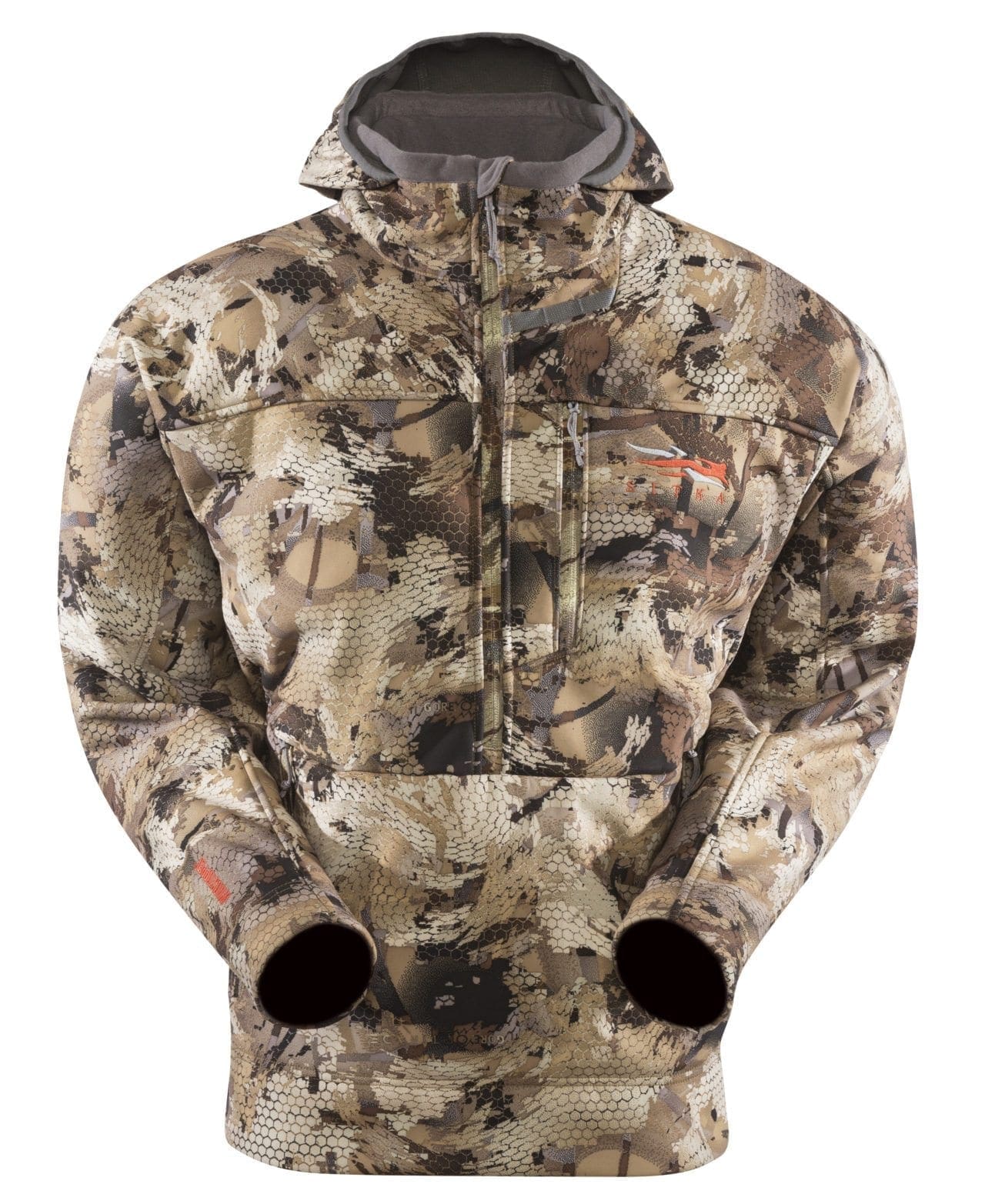Surveillance detects 31 positive CWD cases

Chronic wasting disease surveillance conducted in central and north-central Nebraska during the November firearm deer season detected 31 positive cases in deer.
603 samples were collected from harvested deer at check stations in the Sandhills, Keya Paha, Calamus East, Calamus West and Loup West Deer Management Units. CWD was detected for the first time in Rock, Blaine and Thomas counties.
CWD surveillance in Nebraska takes place in five to seven units each year, rotating to a different part of the state each year. To view the 2023 CWD results, identified by the deer seal number, visit OutdoorNebraska.gov; search for “CWD.”
Currently, there is no strong evidence CWD poses a risk for humans; however, public health officials recommend that human exposure to the CWD infectious agent be avoided as they continue to evaluate any potential health risk. People should remain cautious in how they handle, process and consume deer. Hunters and commercial processors should avoid butchering or processing of deer that spreads spinal cord or brain tissue to meat or to the environment.
CWD is a prion disease that attacks the brain of infected deer, elk and moose. Animals in the late stages of CWD often are emaciated, show erratic behavior and exhibit neurological irregularities. However, due to the slow advancement of the disease, infected deer may not show symptoms. CWD always is fatal to the infected animal.
Hunters can help prevent the spread of CWD by using proper carcass disposal methods. CWD prions, the infectious proteins that transmit the disease, can remain viable for months or even years in the soil. Hunters should field dress animals at the place of kill, avoid spreading spinal cord or brain tissue to meat, and to dispose of the head (brain), spinal column and other bones at a licensed landfill.
CWD was first discovered in Colorado in 1967 and in Nebraska in 2000 in Kimball County. Since 1997, the Nebraska Game and Parks Commission has tested more than 57,000 deer and more than 400 elk, with 1,269 deer and 19 elk testing positive for CWD to date. At this time, CWD has been detected in free-ranging deer and elk in 57 counties. No population declines have been attributed to the disease.
More in-depth information on CWD can be found at cwd-info.org or cdc.gov.

